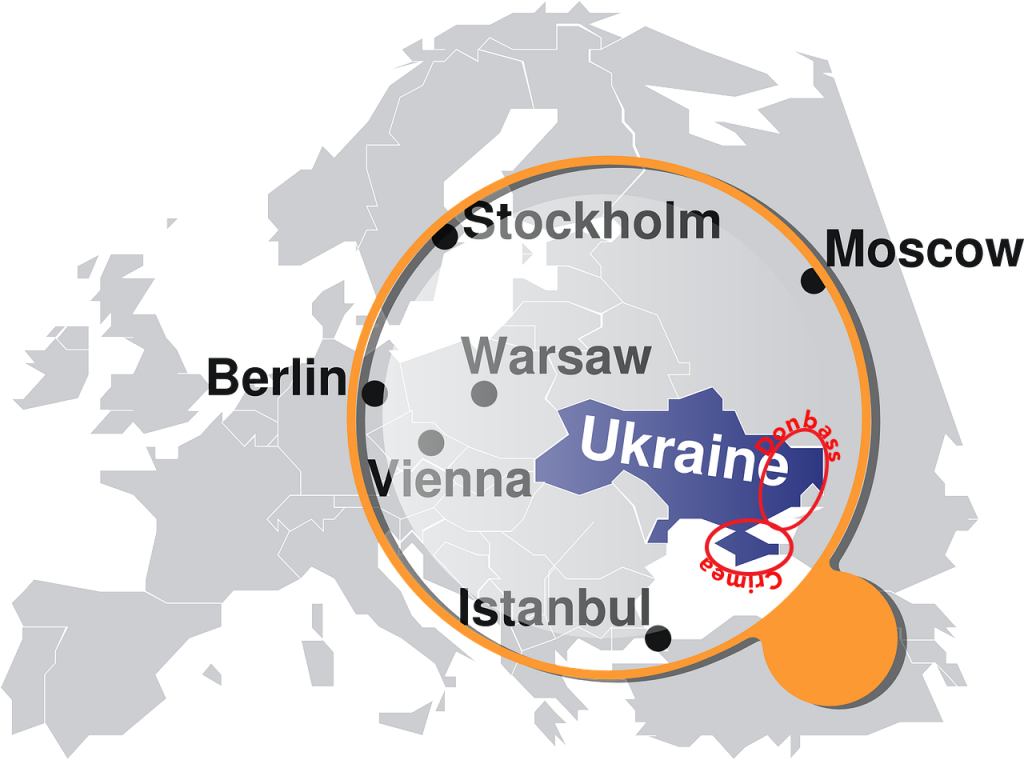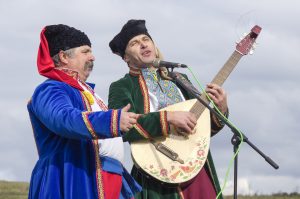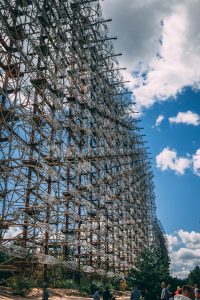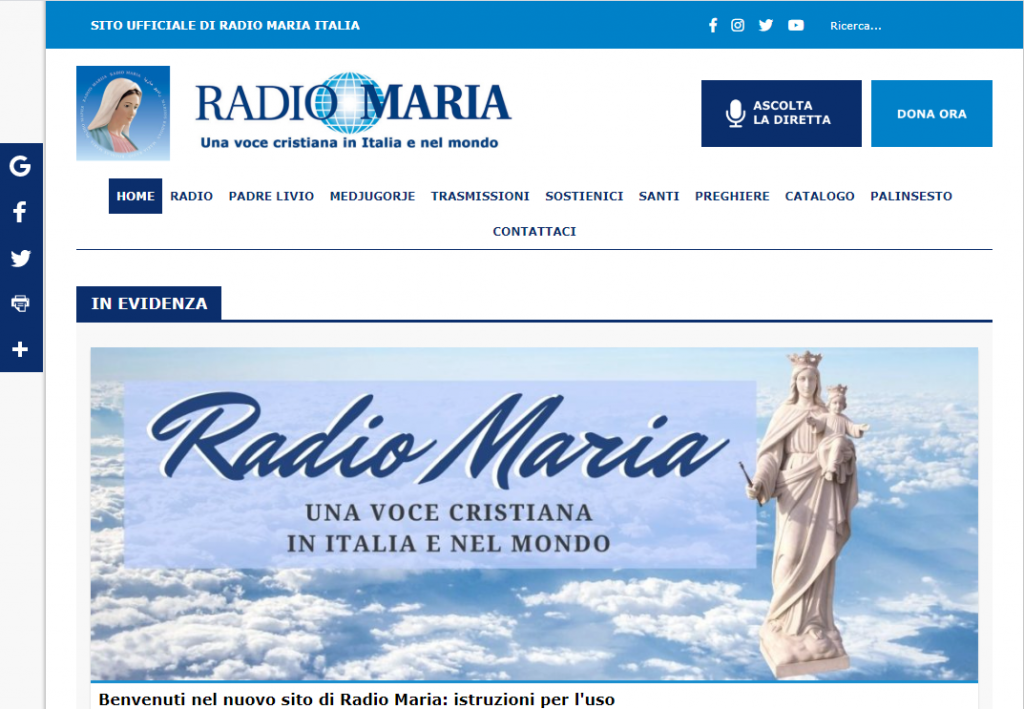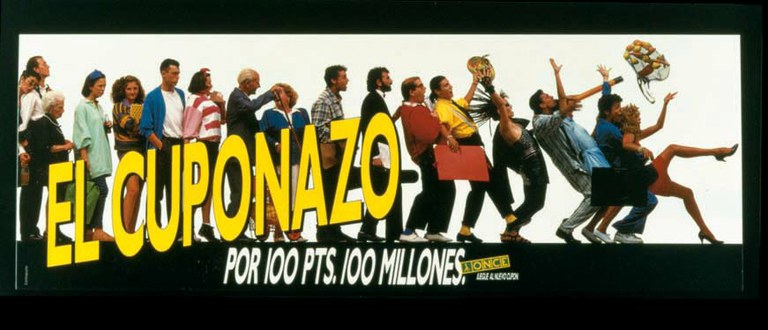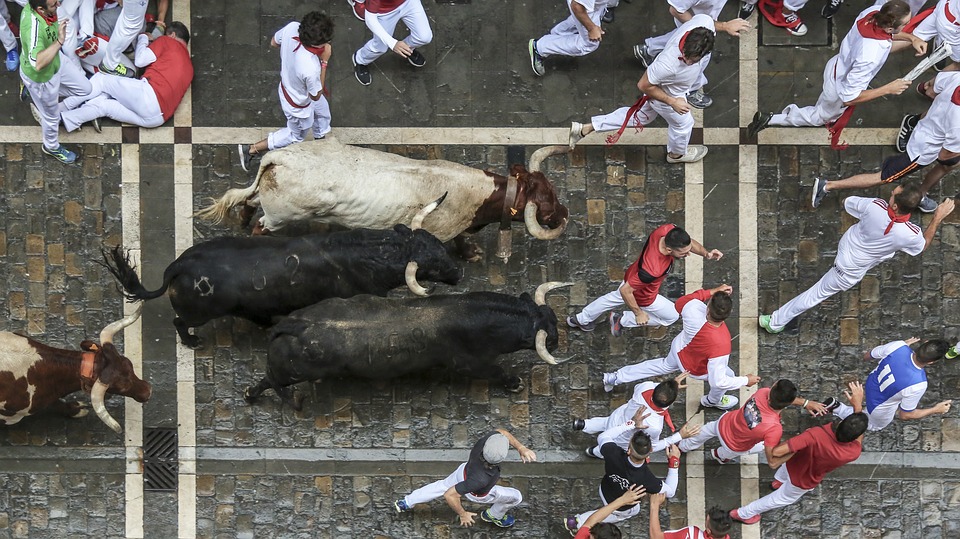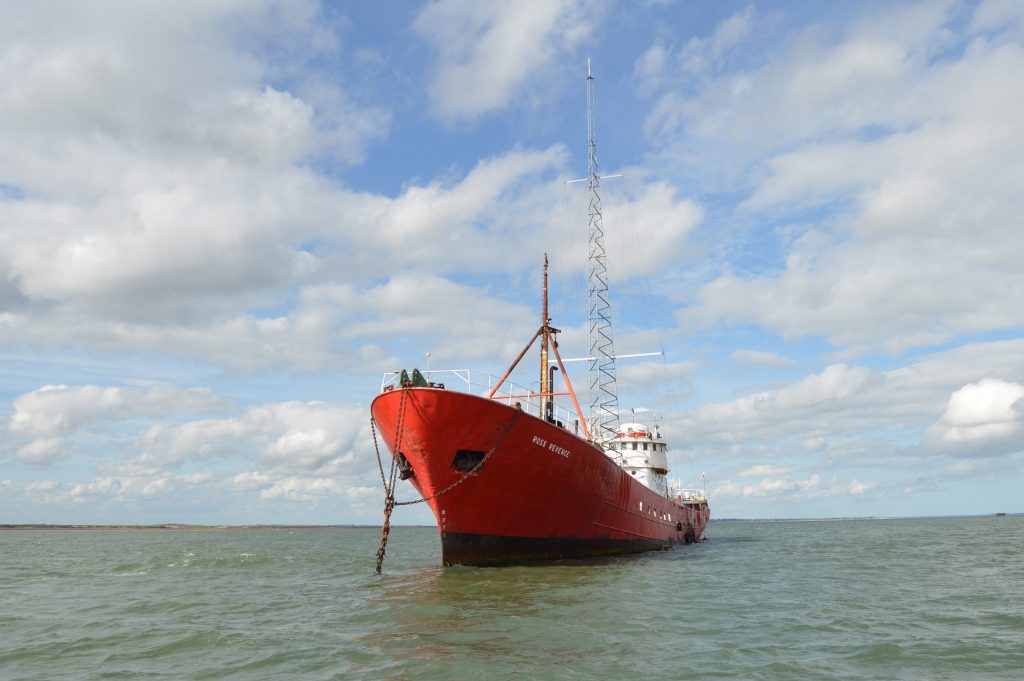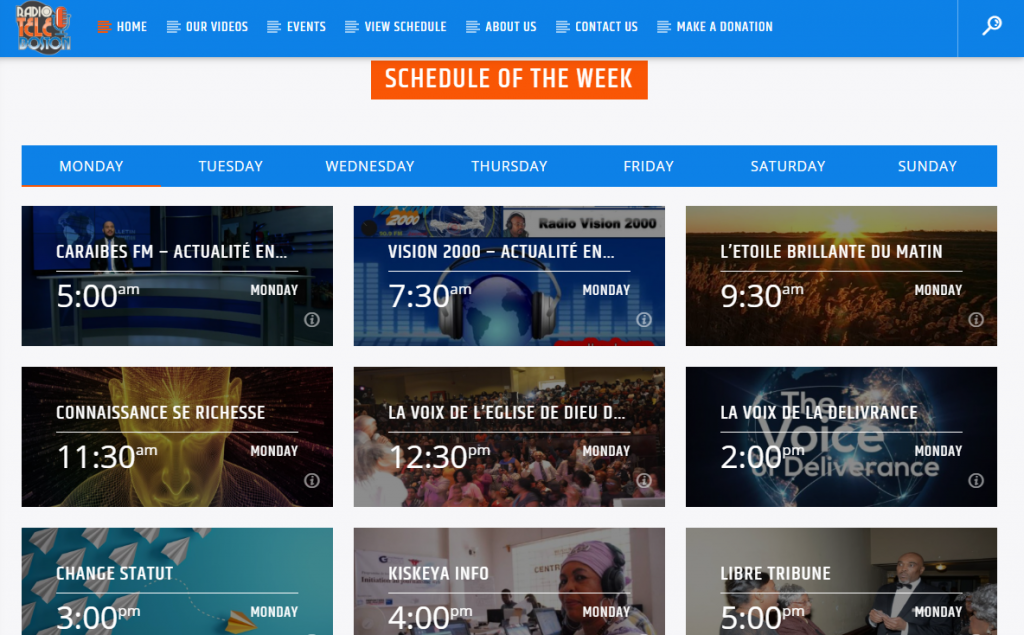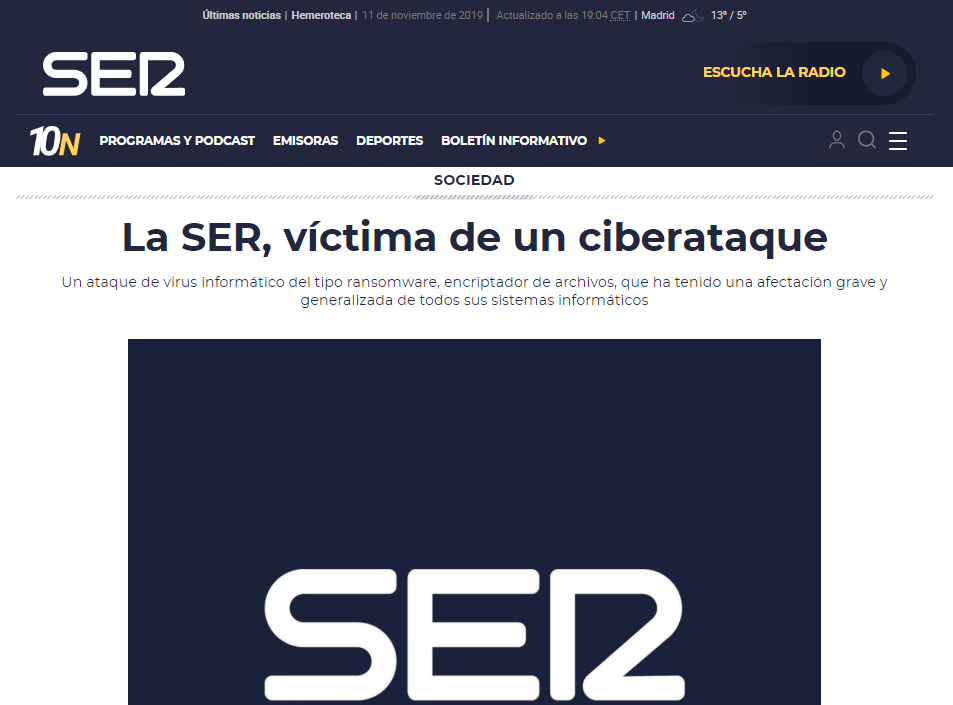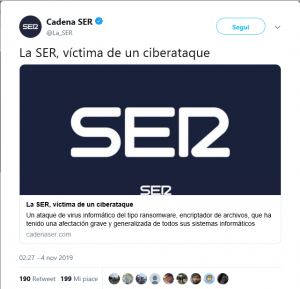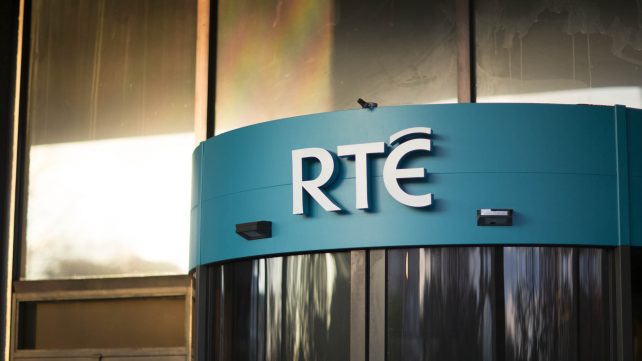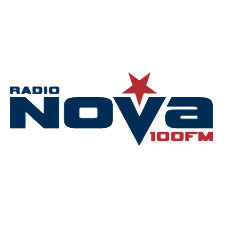
Received by Wunderbaum Management
March 20th, 2020 will be remembered as the day European radio stations showed united solidarity during the coronavirus pandemic. At 8.45 a.m. 183 European radio stations, including RAI and the BBC, played the English group ,Gerry & The Pacemakers’ version of ‘You’ll Never Walk Alone’, an iconic, moving song considered a hymn to humanity. The song became even more popular after the Liverpool FC fans adopted it as the team’s official anthem (see here) after qualifying for the finals of Champions League in 2019).
The initiative was the idea of Sander Hoogendoorn, a disk jockey working for the Dutch pop music public channel, NPO 3FM, who wanted to bring all the radio stations in the Netherlands together. In the end the initiative went beyond their national borders (find a list of stations that participated here).
Three questions RadioReporter asked Sander Hoogendoorn

Received by Wunderbaum Management
RR: Did you expect this success?
SH: No, I didn’t. The plan was to play this song with all the breakfast shows in the Netherlands. When they tagged along I was happy but then radio stations from Belgium started joining in. Then we started to make some phone calls to see if other European radio stations would like to join us. And they did!
RR: How long did it take you to arrange it?
SH: On Tuesday we started to talk to our listeners about the idea. In the same show I called some friends at other radio stations, asking them to join on Friday at 08.45. They were really happy to help. During the week more and more stations joined in, the last ones even on Friday morning. I think that all around the world more than 190 radio stations played the song!
RR: Which song would you choose to celebrate the victory over the pandemic?
SH: Queen – We Are The Champions
15.000 Italian transmitters connected
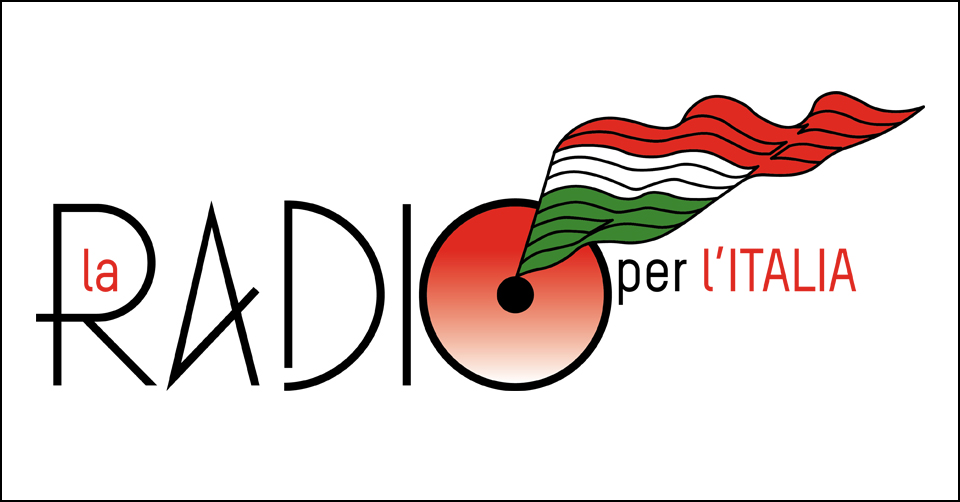
Source
Three hours later, at 11.00 a.m., radio stations all over the peninsula united to show solidarity and bring everyone together by playing the Italian National Anthem and three very well known Italian songs: Azzurro (Adriano Celentano), La canzone del sole (Lucio Battisti) and Nel blu dipinto di blu (Domenico Modugno). The population was asked to tune in and wave the national flag. The radio stations involved included 19 private networks (Maria, Radicale and Mater only for the anthem) and more than 600 radio stations, members of Aeranti-Corallo and Confindustria Radio TV, all connected to more than 15,000 transmitters (there are 9.123 national network transmitters alone. Source: FMList and FMScan).

